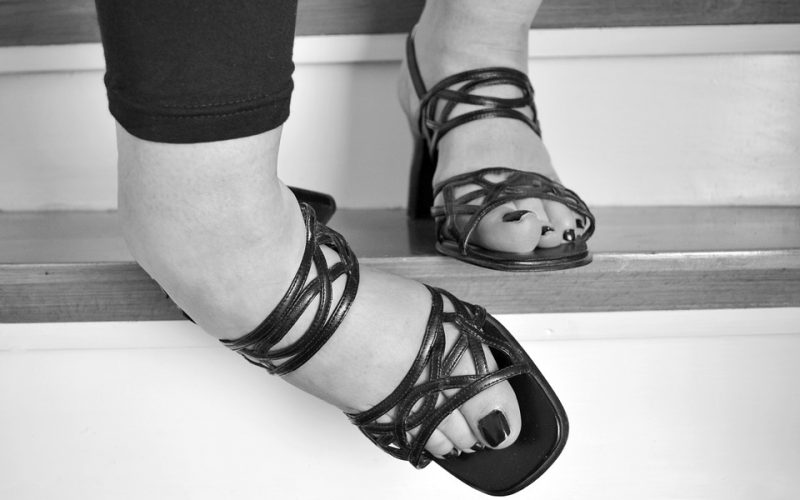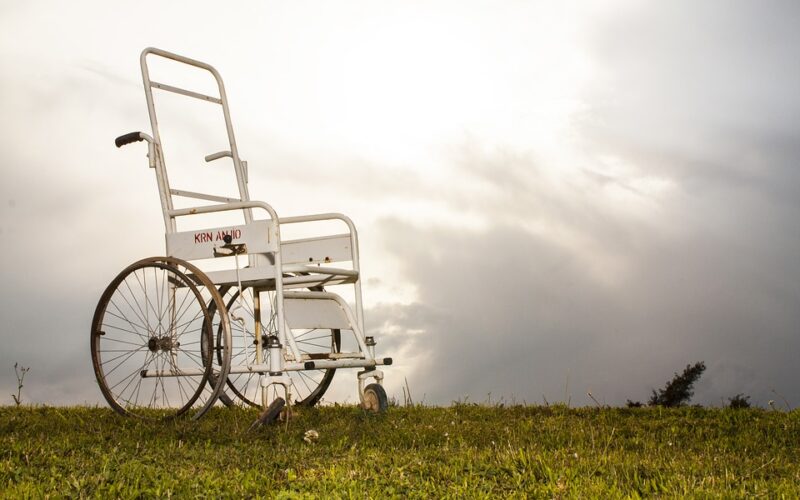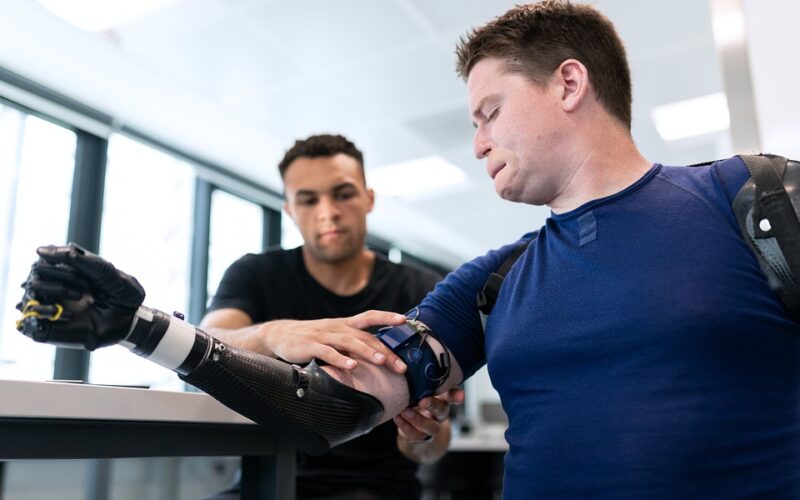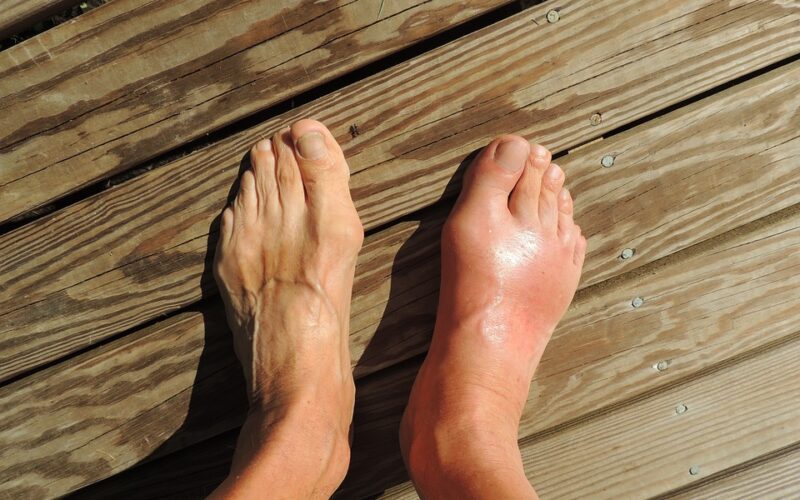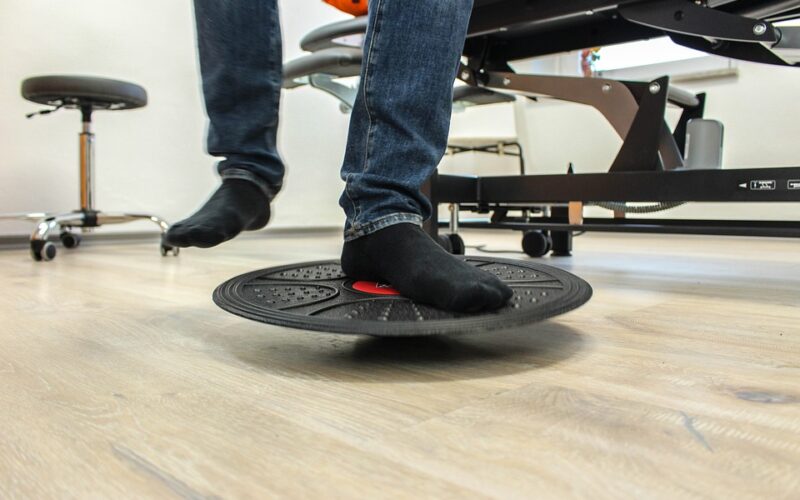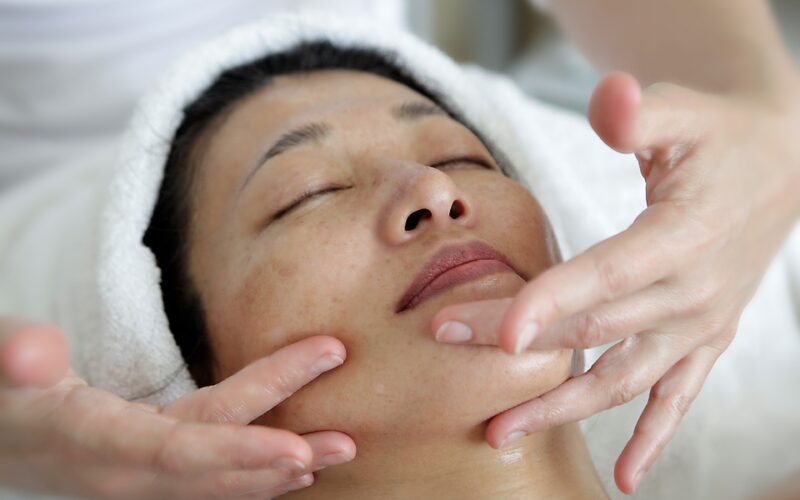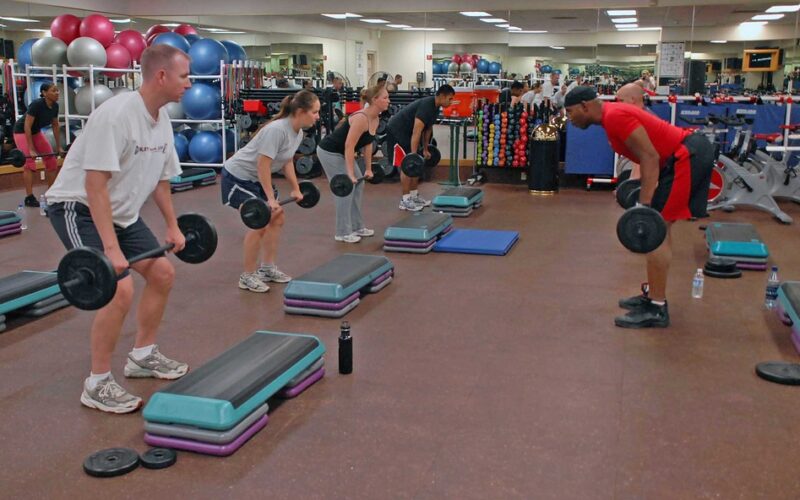Use Of Cold Therapy
Are you looking for a way to reduce pain, decrease inflammation, speed up recovery, increase blood flow and enhance energy? If so then cold therapy could be the answer for you. Cold therapy or cryotherapy is becoming increasingly popular as people search for non-invasive yet effective treatments that can provide quick relief from physical discomfort.
From professional athletes managing injuries to post workout soreness and managing chronic pain – cold therapy has a wide range of potential benefits which can help with many treating conditions including muscle pain, arthritis and autoimmune diseases like lupus.
Always consult a qualified health professional before undertaking any form of cold therapy.
What is cold therapy
Cold therapy, also known as cryotherapy, is a treatment that involves exposing the body to extremely cold temperatures, typically lower than -100°C. The therapy is used to treat a variety of conditions like muscle inflammation, chronic pain, and arthritis. The extreme cold temperature achieved during the therapy reduces blood flow to the affected area, thereby reducing inflammation and pain. It also activates the body's natural healing process.
Cold therapy can be administered in different forms, including ice packs, cold baths, and localised cooling devices. While the treatment can be uncomfortable, it provides significant relief, making it popular among professional athletes, fitness enthusiasts, and individuals seeking pain relief without medication.
Types of cold therapy treatments
Cold therapy treatments are a popular way to alleviate pain and inflammation in the body. There are several different types of treatments, each with their own benefits and uses. One type is an ice pack, which can be placed on the affected area for up to 20 minutes at a time. Another option is a cold compression wrap, which provides a combination of compression and cold therapy. Cold gel packs are a convenient option as they can be stored in the freezer and used as needed.
Whole body cryotherapy involves standing in a chamber filled with nitrogen gas vapor that exposes the body to extremely cold temperatures. This treatment is often used by athletes and those with chronic pain. Regardless of which method you choose, cold therapy can be an effective way to help manage pain and inflammation in the body.
Home treatments
Cold therapy, also known as cryotherapy, is a popular method for reducing inflammation and easing pain at home. The easiest way to use cold therapy is by applying a cold compress to the affected area. You can use a store-bought ice pack or DIY a cold pack by filling a plastic bag with ice or frozen peas. To avoid damaging your skin, wrap the compress in a thin towel before applying it to your skin.
For more targeted relief, you can also use a cold gel pack which conforms to your body's contours. Keep the compress or gel pack on the affected area for no more than 20 minutes at a time, with breaks of at least an hour in between. Repeat as needed for up to 72 hours. Remember to always consult your doctor before trying any new pain management technique.
Pros and cons of using cold therapy
The benefits of cold therapy include reducing swelling, numbing pain, and aiding in the healing process of injuries. It also helps in alleviating symptoms of arthritis, migraine headaches and can even reduce the effects of delayed onset muscle soreness.
However, there are some potential downsides to using cold therapy. Prolonged exposure to icy temperatures may cause tissue damage, especially in individuals with certain medical conditions. In addition, cold therapy may not be the best option for those who are sensitive to cold or have respiratory issues. Despite these potential drawbacks, cold therapy remains a popular choice for managing pain and discomfort in a variety of situations.
Tips for staying safe
First and foremost, always follow the recommended time frames for cold therapy and never exceed them. Applying ice packs for too long can damage your skin and tissue, and even cause frostbite in extreme cases. If you're using gel packs or other pre-made cold therapy products, make sure to check for any leaks or tears before applying them to your skin.
Additionally, never apply cold therapy to an area that's already numb or has poor circulation. By taking these simple steps, you can help ensure that your cold therapy sessions are both effective and safe.


